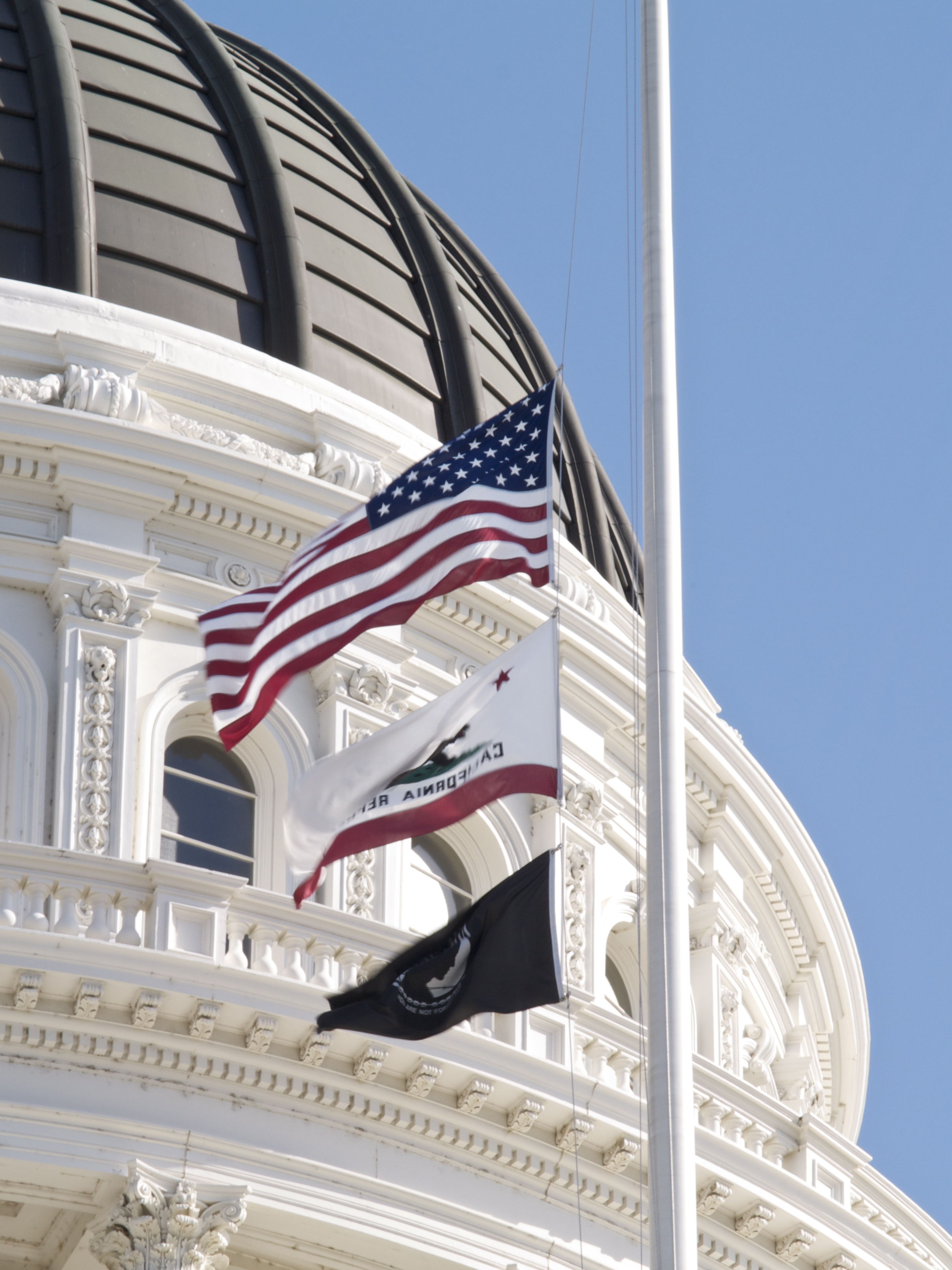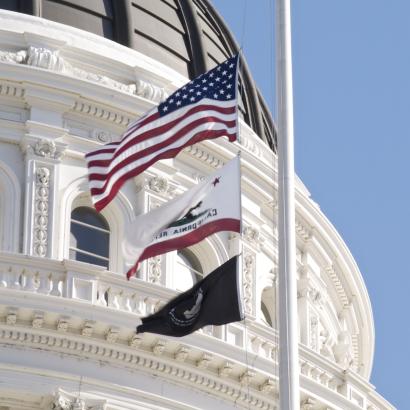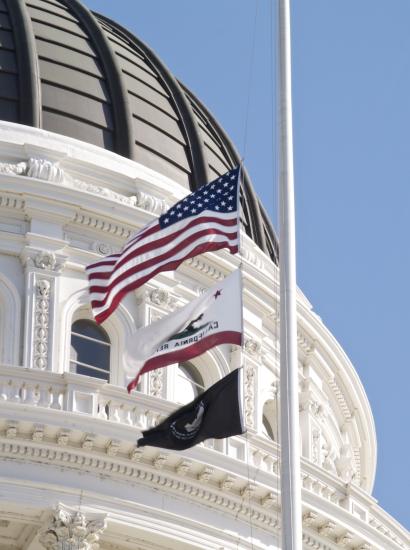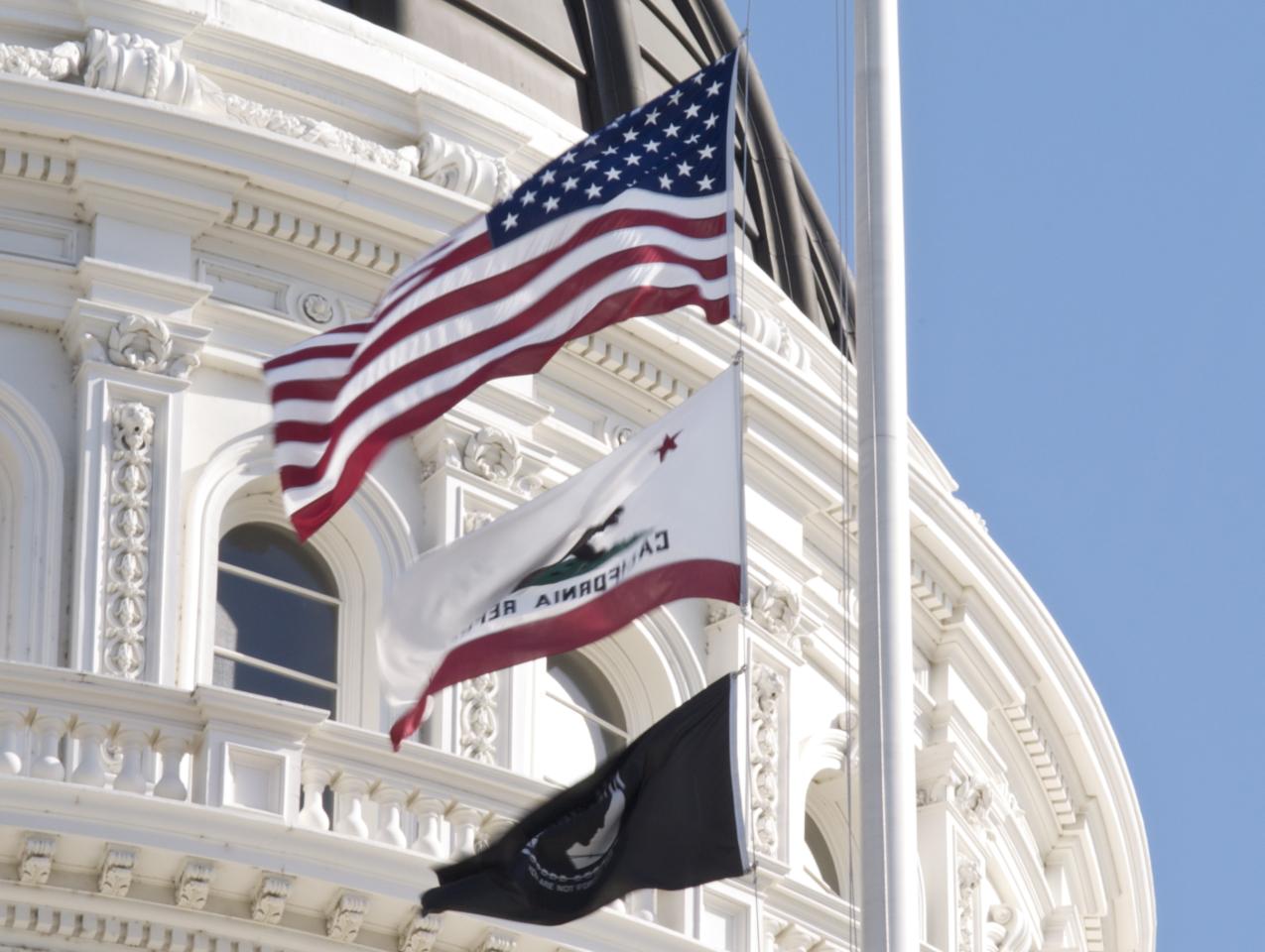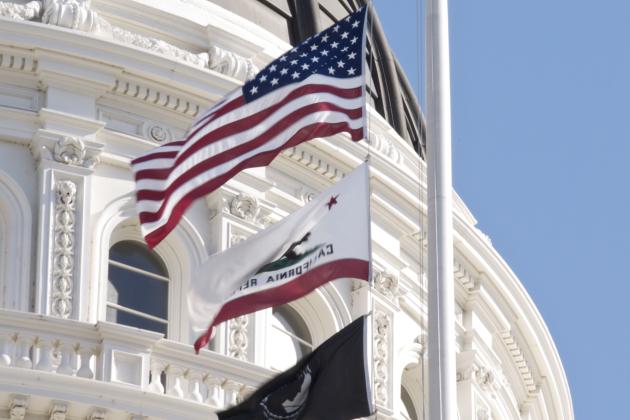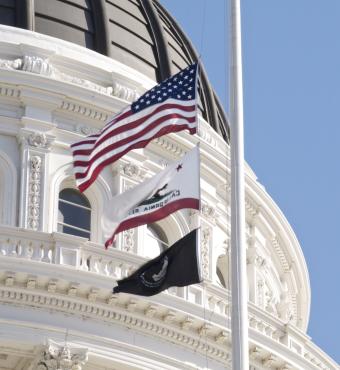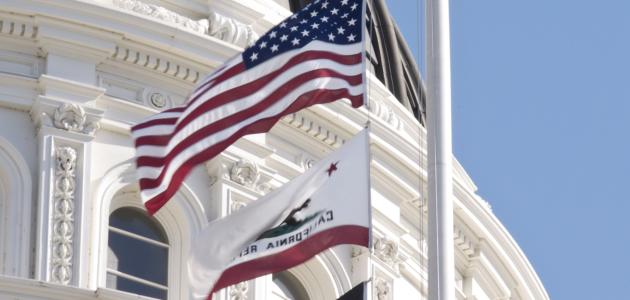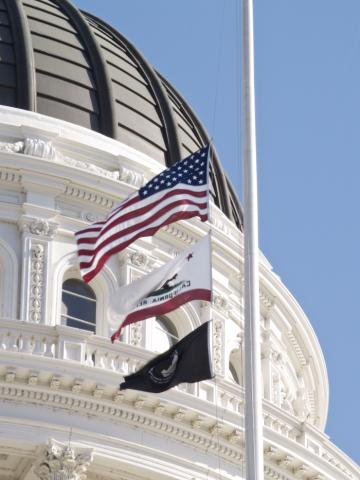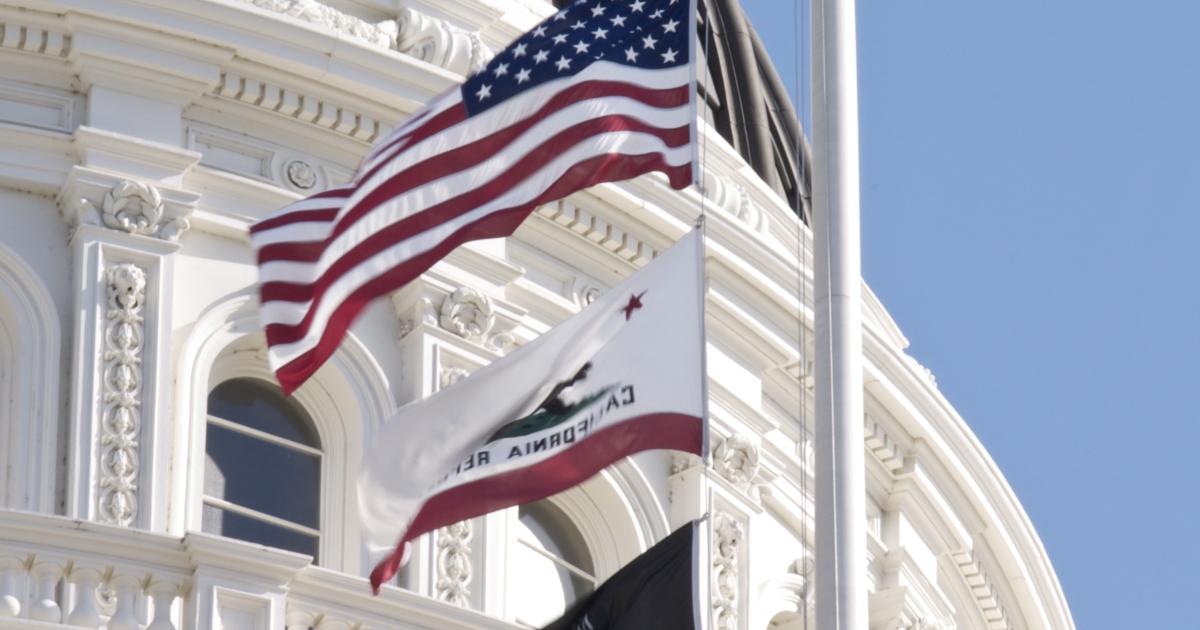- California
Whoever first observed that “time heals all wounds” wasn’t familiar with California’s (and America’s) failure to develop an extensive immigration policy fix that secures the southern border, treats newcomers to this nation with care and compassion, and brings millions of undocumented residents out of legal limbo.
Or so it would seem, nearly three decades after California arguably lit the fuse in today’s border-related bickering with the voter-approved Proposition 187, which denied government-sponsored benefits (public health services, free public schooling) to undocumented residents of the Golden State.
Though Prop 187 received a decisive 59% support back in 1994, it never saw the light of day, as federal courts ruled an injunction against the measure until a legal review could be conducted, then deemed it unconstitutional (the logic: as federal welfare reform had denied welfare benefits to undocumented residents, California was “powerless to enact its own legislative scheme to regulate immigration”). Nor did Congress and the White House ever develop a grand solution in Prop 187’s aftermath. At best, federal immigration reform over the past three decades at best has been piecemeal.
America’s southern border has roared back into the news cycle as two of America’s most prominent governors—California’s Gavin Newsom and Florida’s Ron DeSantis, who rarely pass on exchanging barbs—engaged in their latest war of words, the bone of contention this time being the plight of migrants making the trek north to the United States.
First, DeSantis flew a planeload of 50 undocumented migrants from Texas to Martha’s Vineyard (Florida’s state budget includes $12 million for migrant relocation) in hopes that outraged liberals would overreact (which, of course, they did—unless you think a plane ride to an exclusive resort community has “the same themes” as the Holocaust).
Entering the fray: Newsom. California’s governor, mentioning both DeSantis and Texas governor Greg Abbott, urged the US Justice Department to investigate an “alleged fraudulent scheme” to send the migrants north (here’s his letter to Attorney General Merrick Garland).
From here, things literally got hairy—DeSantis at one point suggested that the coiffed Newsom’s styling gel is “interfering with his brain function”. Newsom, for his part, challenged DeSantis to a CNN debate before Election Day to discuss their policy differences—which would include not just the handling of migrants but also abortion rights, the subject of seven billboards the Newsom re-election campaign currently is paying for in seven red states (“Need an abortion?” one billboard states. “California is here to help.”). One wonders if California state senator Brian Dahle, Newsom’s opponent on the November ballot as the governor seeks reelection, will be afforded the same courtesy of a pre-November debate.
So how to unpack this latest round of bicoastal spitballing?
First, shame on Florida’s governor for using the migrants in this fashion, even if the point was to expose the irrationality of the situation at the southern border and bait blue-state politicians to overreact—resulting in Massachusetts governor Charlie Baker, a Republican, calling in the National Guard to deal with the Vineyard’s “humanitarian crisis” at the same time Vice President Kamala Harris was insisting the southern border is “secure” . . . despite an estimated 8,000 migrants entering from Mexico on a daily basis, 160 times the tidal wave in Martha’s Vineyard, per data obtained by NBC News.
But Newsom likewise must shoulder some criticism. The first words in the governor’s letter to the attorney general: “Like millions of Americans, I have been horrified at the images of migrants being shipped on buses and planes across the county to be used as political props.” Yet back in 2005, during his tenure as mayor of San Francisco, Newsom initiated an initiative entitled “Homeward Bound” that sought to alleviate the city’s homelessness program by offering unsheltered residents . . . a one-way bus ticket out of town (as mayor, Newsom also trotted out a plan to end chronic homelessness in San Francisco in 10 years’ time—a promise, he’s told reporters, he since regrets).
That Newsom wouldn’t miss a chance to make news at DeSantis’s expense isn’t, well, breaking news. What is different, though: for once, California’s governor didn’t hold up the Golden State as an exemplar of progressive virtue and as refuge for the oppressed.
Keep in mind, California has been an immigration “sanctuary state” since 2018, with Newsom’s predecessor, Jerry Brown, signing this measure (under California law, state and local agencies, with the exception of the California Department of Corrections and Rehabilitation, cannot enforce “holds” on individuals in custody; state and local law enforcement agencies can’t inquire as to an individual’s immigration status).
California likewise fashions itself as an abortion “sanctuary,” albeit not by official fiat but instead by advertising the fact that the procedure remains available despite this summer’s Supreme Court ruling overturning Roe v. Wade. Newsom’s red-state information campaign—18 billboards in Indiana, Mississippi, Ohio, Oklahoma, South Carolina, South Dakota, and Texas—points viewers to a website, abortion.ca.gov, that explains existing rights, details of the process (how to plan, how to pay, type of abortions available), plus search help in finding a provider.
But that wasn’t Newsom’s reaction to migrants being flown to Martha’s Vineyard—calling for a federal investigation rather than offering up the Golden State as a migrant haven. Perhaps someone in the governor’s orbit understands the making of satire. Hence this Babylon Bee headline: “Migrants Decline Newsom’s Offer of Asylum In [California] Since They Just Came From a Collapsing Communist Hellhole with No Electricity.”
Getting back to how this started, with the passage of Proposition 187 and the emergence of immigration and border security as a political hot button: a different time also meant different behavior by different governors.
The mid-1990s in America made for political role-reversal in both California and Florida—the Golden State with a Republican governor (Pete Wilson) and the Sunshine State with a Democratic governor (Lawton Chiles), both former US senators. Together, along with then Arizona governor Fife Symington, a Republican, they went to Washington to testify before the Senate Appropriations Committee and plead their case for the federal government accepting responsibility for a porous border that was costing the three states billions in public services (Florida’s Democratic governor doing the unusual and suing a Democratic administration).
In the America of 2022, such cooperation among the border-state governors doesn’t exist. Nor does the governor of the biggest of the border states (population wise) seem to have much of an appetite for the subject, other than the occasional symbolic gesture (last year, for example, Newsom signed this law banishing the term “alien” from California state codes).
However, two months before that feel-good moment, Newsom had an opportunity to talk about the border at a Summit of the Americas conference in Los Angeles. The governor’s priorities, as outlined in this press release announcing his participation in the summit: “The Governor will highlight California’s economic might that is backed by its diversity and how the state’s economic strength is driving climate change solutions that allow the world to tackle the climate crisis head on.”
It added: “While at the Summit, Governor Newsom will underscore key elements of the California way: defending democracy and protecting fundamental rights, achieving health care for all, transforming public schools, innovating nation-leading climate policy and building a strong economy that embraces diversity and opportunity for all.”
Those words speak to Newsom’s base in deep-blue California, just as they resonate in a liberal bastion like Martha’s Vineyard, where Newsom may find himself one day—raising money, summering with the party faithful—should the presidential hype become reality.
But it does nothing to solve America’s border crisis—sadly, nearly 30 years after California turned up the temperature on this very topic.







